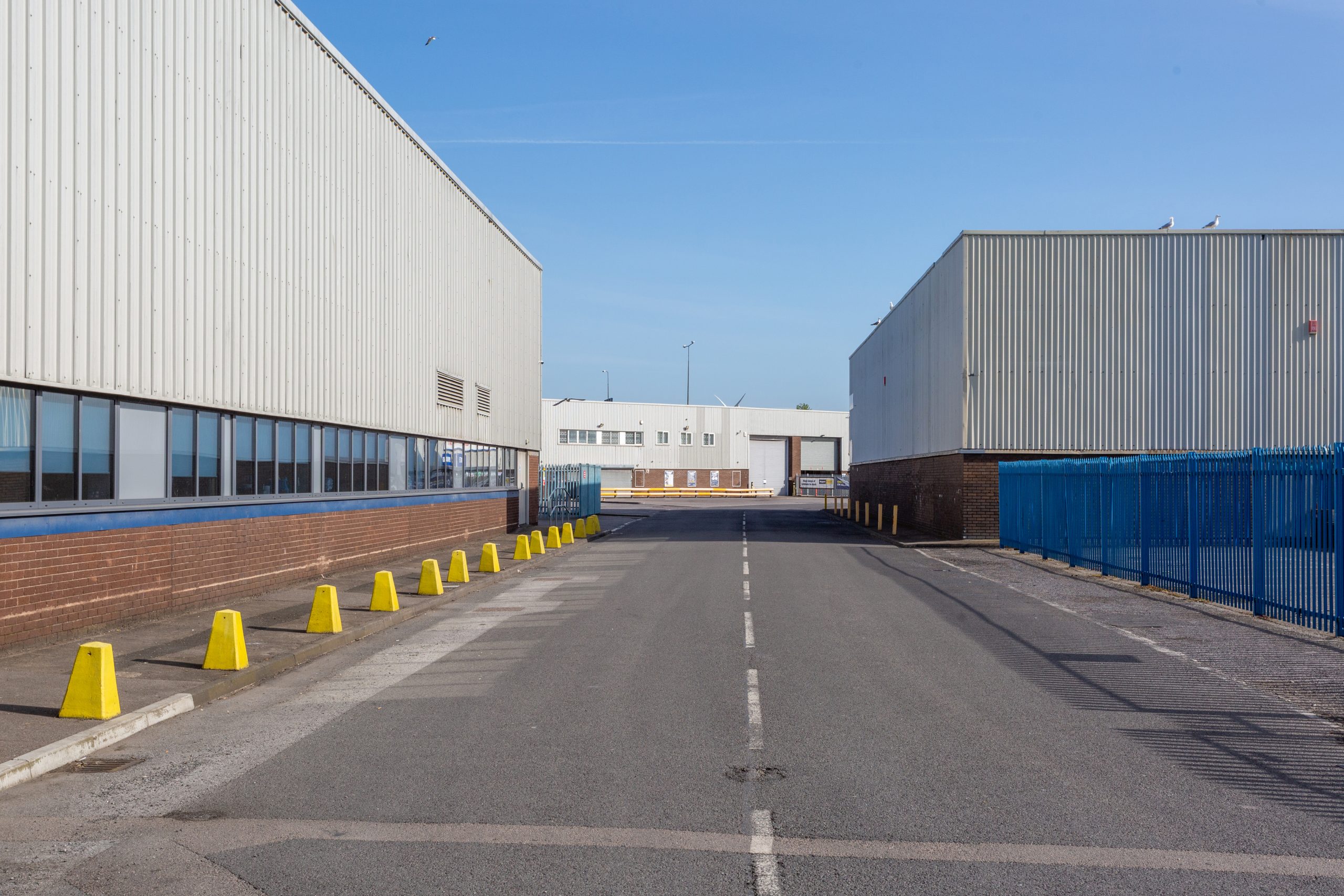The finished article
One of the aspects of our work that comes at the end of the construction project is an as-built survey. Also known as ‘as constructed’. This type of survey is usually produced when construction has been completed. They are used to illustrate where buildings, pavements, roads and other features have been built. However, these surveys can also be carried out during the different stages of construction, to provide a ‘point in time’ view, a snapshot of the project at certain milestones – when the roof is fitted, for example, or the completion of the foundations, or the outer shell. As built surveys are used to demonstrate to building inspectors that the project conforms to regulations and adheres to what was initially envisaged and depicted in the plans. It can be a useful tool during a large project, to show what has been completed and to allow for scheduling adjustments to be made. This type of survey can also be used by a contractor, to determine payment schedules relating to different aspects of the project, as a guide to budgeting.
Benefits and applications
There are numerous key benefits to having an as-built survey. They can be used for a wide range of land projects, from road and rail construction to utility improvements and building construction. An accurate as-built drawing can be used to obtain a completion certificate, which allows the return of retention funds at the end of a project. Some drainage authorities may require as-built sewer records before they can adopt a drainage network. In addition, highways authorities require them prior to the adoption of completed works on new developments. There may also be the need to confirm the location of any steel beams or structures, or identify sewer or stormwater drainage.
Delivering on accuracy
An as-built survey will deliver up-to-date, detailed topographic survey capturing all required features at a point in time. The resultant survey, with data captured digitally with an exceptionally high degree of accuracy, can be rendered as either a 2D plan or a 3D model, as required by the client’s specification. The data captured can be cross-checked with the original proposed layout, to highlight any anomalies with the as-built structures. The detailed as-built survey is appropriate for road and sewer adoption, for formal submission to the land registry office, and for other legal and official documentation. It’s an efficient, accurate way to have a permanent record of a building ‘as it stands’.
If you are considering using an as-built survey as an integral part of your construction project, then why not get in touch with us to find out more?








